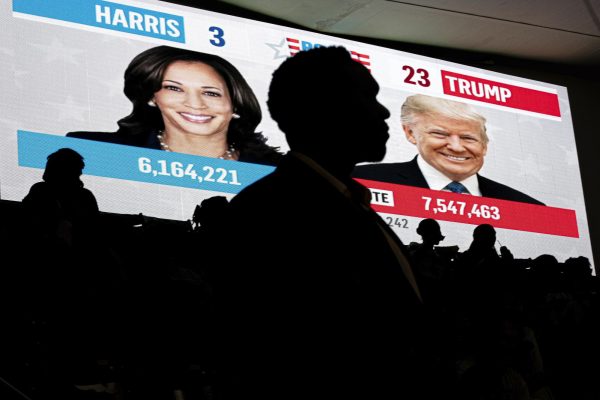Being Right: Debating DACA – Balancing Morality and Legality
On June 15, 2012, Barack Obama gave a speech announcing the implementation of an executive order titled “The Deferred Action for Childhood Arrivals,” otherwise known as DACA. The program was designed to waive the immigration status of children brought to the United States illegally for a renewable period of two years while providing them resources to secure permanent citizenship. Five years later, nearly 800,000 individuals (whom many refer to as “DREAMers” per the 2001 DREAM Act Bill) were enrolled in the program. Now, in 2017, the Trump administration will rescind DACA in the same unilateral fashion it was created.
In an interview with The Wall Street Journal this week, Trump exclaimed, “Does anybody really want to throw out good, educated and accomplished young people who have jobs, some serving in the military? Really!” It is fairly rare that I quote him in earnest, but I could not agree more with this comment; individuals for whom DACA and the DREAM Act apply have little to no control over their immigration status and are indeed positive contributors to American society en masse. They have enjoyed a de facto status as Americans for the past five years, and they ought to. For all intents and purposes, they are Americans. However, the various legislative means behind this system need to be unpacked.
First, there is a very important governmental lesson to be learned here: live by the executive order, die by the executive order. The Obama administration’s decision to unilaterally approach this project was not only debatably unconstitutional, it was irresponsible. Executive precedent demonstrates that any measure done via executive order can be undone by executive order and that such a reversal is far from uncommon. Because an executive order is signed and carried out by the president alone, it can be washed away just as easily. In short, 800,000 were at risk of having their immigration status changed via a counter-executive order, and this was a fact that the Obama administration was aware of and willfully ignored. Be it for a short term legislative victory or a resume booster (more likely the latter), Obama completely dismissed the possibility of DACA’s reversal and put its hundreds of thousands of beneficiaries at risk. DACA should have been given to Congress, and the entire present situation would not even exist.
Now, however ambiguous or misguided Obama’s motivations may have been in passing DACA, Trump’s were even more tangled in reversing it. Initially, it seemed as if the DACA reversal was intended to be a nod to Trump’s populist-nationalist base, but as the week went on that became unclear. Soon Trump was having dinner with Democratic leadership to discuss replacing the program, and outlets like Breitbart were running pieces calling him “Amnesty Don.” Later, he tweeted that no deal would be reached, and followed that up with a series of tweets describing what such a deal would look like. The future of America’s DREAMers remains unclear.
In this particular case, the Trump administration – a scatterbrained and chaotic executive of the highest order – served as a magnifying glass to the derelictions of the Obama administration and the general uncertainty of legislating with a presidential pen. The stakes could not be higher and the confusion could not be more pervasive; this is a seminal lesson as to why executive orders cannot be used to meet legislative ends. I hope future executives take note, but most of all I hope that Congress can piece together legislation akin to DACA that will more properly and permanently protect its recipients. They are certainly some of the last people to deserve bearing the brunt of sloppy and hubristic politics.
Contact Ryan Zoellner at [email protected].









